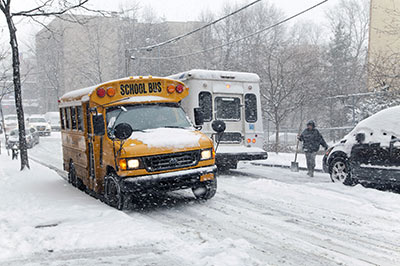Cooner, S. A., Fitzpatrick, K., Wooldridge, M. D., Crawford, J. A., & Ford, G. L. (2003). (0-4286-2)
The state of Texas, particularly the large urban areas, has experienced considerable population growth in recent years. This growth has produced new schools in areas near highways originally designed for low volumes and relatively highspeeds. Another trend is the higher proportion of children being transported to and from schools in private vehicles.These realities, and many of the other issues associated with traffic around schools, make it important to aggressively consider the design of roadways within and around schools to ensure the safest possible traffic environment. Equally important is the consideration of the location and design of the school site, preferably during the planning stages, in order to establish safe and efficient operations. The Texas Department of Transportation (TxDOT) is currently focusing attention on these issues through its Precious Cargo Program. Precious Cargo allows TxDOT staff to review school site plans and make recommendations before the schools are built. Since the program's inception, more than 180 schools in 70 various school districts statewide have seen traffic safety improvements around their schools or future school sites. This report contains the recommended school site planning guidelines for transportation-related elements such as site selection, general site requirements and design, bus operations, parent drop-off/pick-up zone, driveways, turn lanes, signing and marking, parking, and pedestrian and bicycle access. The research team based these guidelines on a comprehensive review of existing guidelines and the results of field studies at school sites in Texas. The report provides examples of good practices and also examples of practices to avoid for many of the more prominent guidelines. The guidelines are focused on transportation design, operations and safety within school sites - with a particular focus on the parent and bus drop-off/pick-up zones. The final chapter of the report contains a site plan review checklist that TxDOT engineers, field crews, architects, and school district personnel can use to coordinate efforts and make sure that school access is safe and efficient.
View Guide











